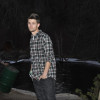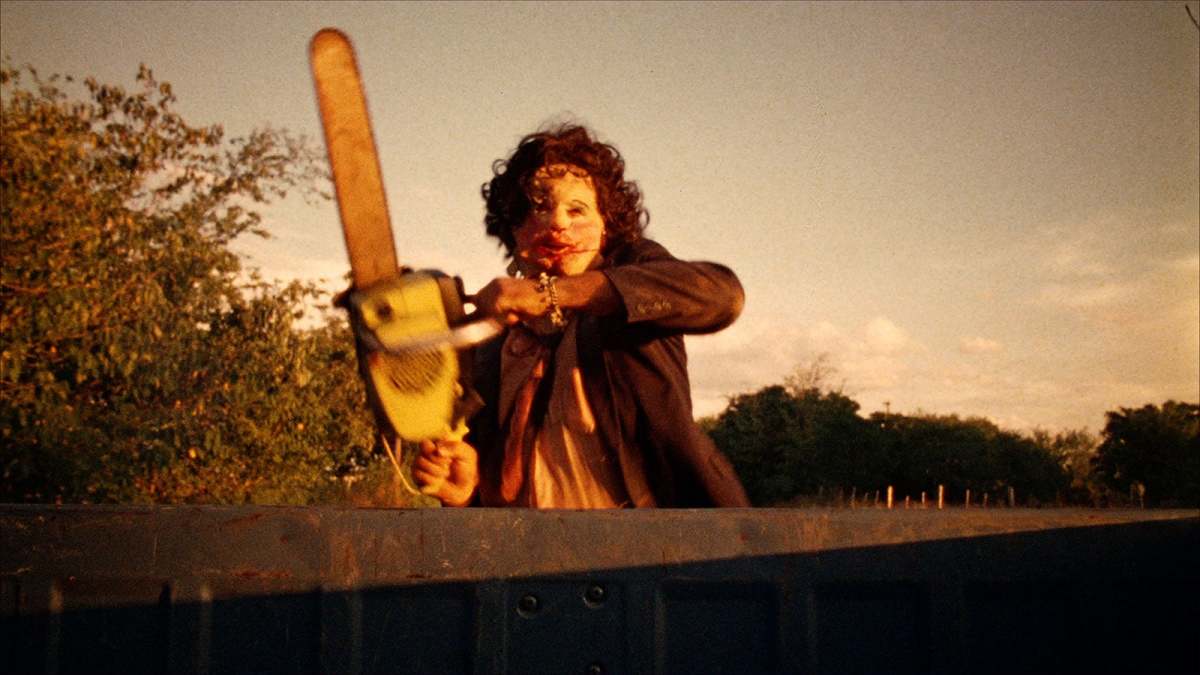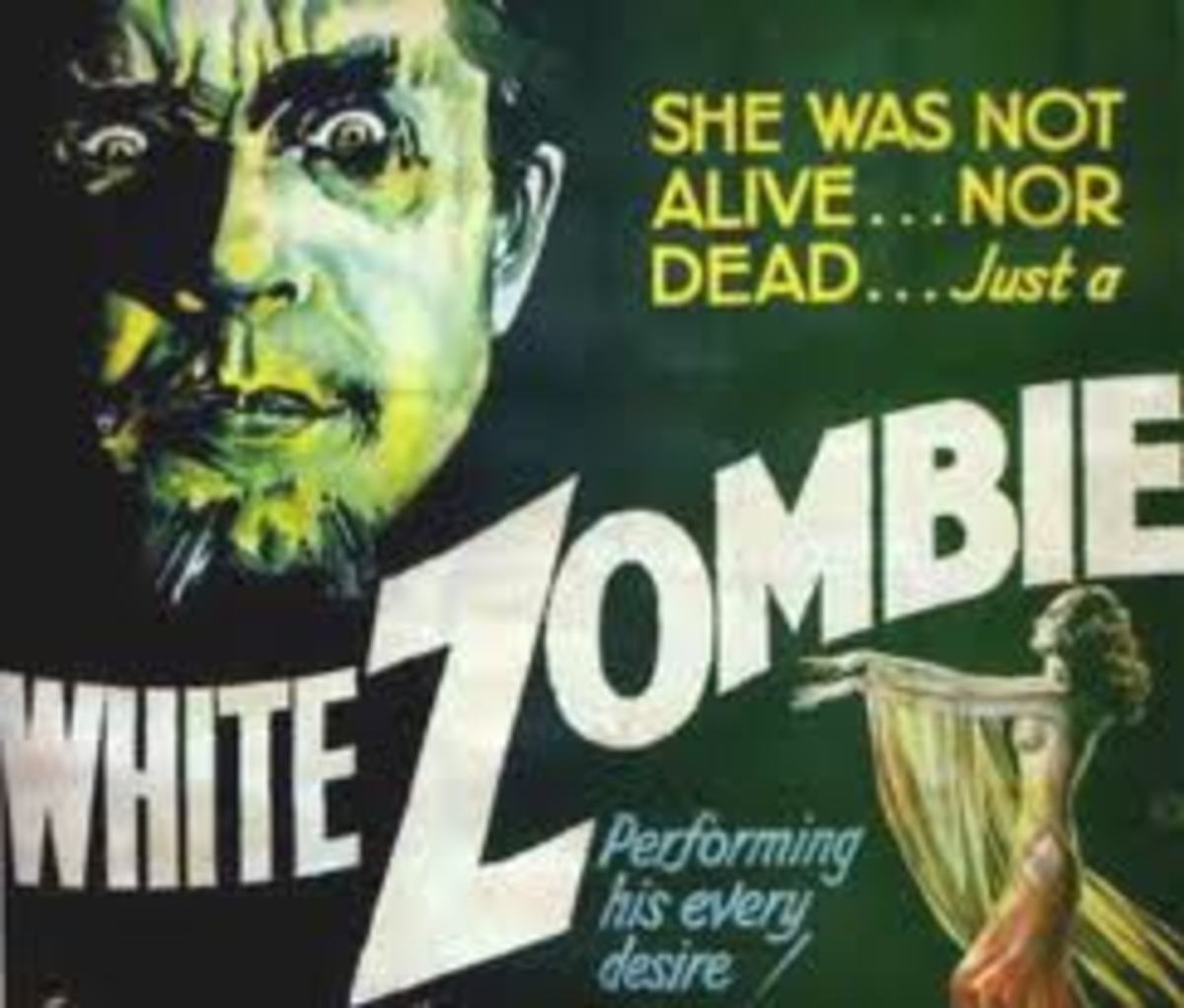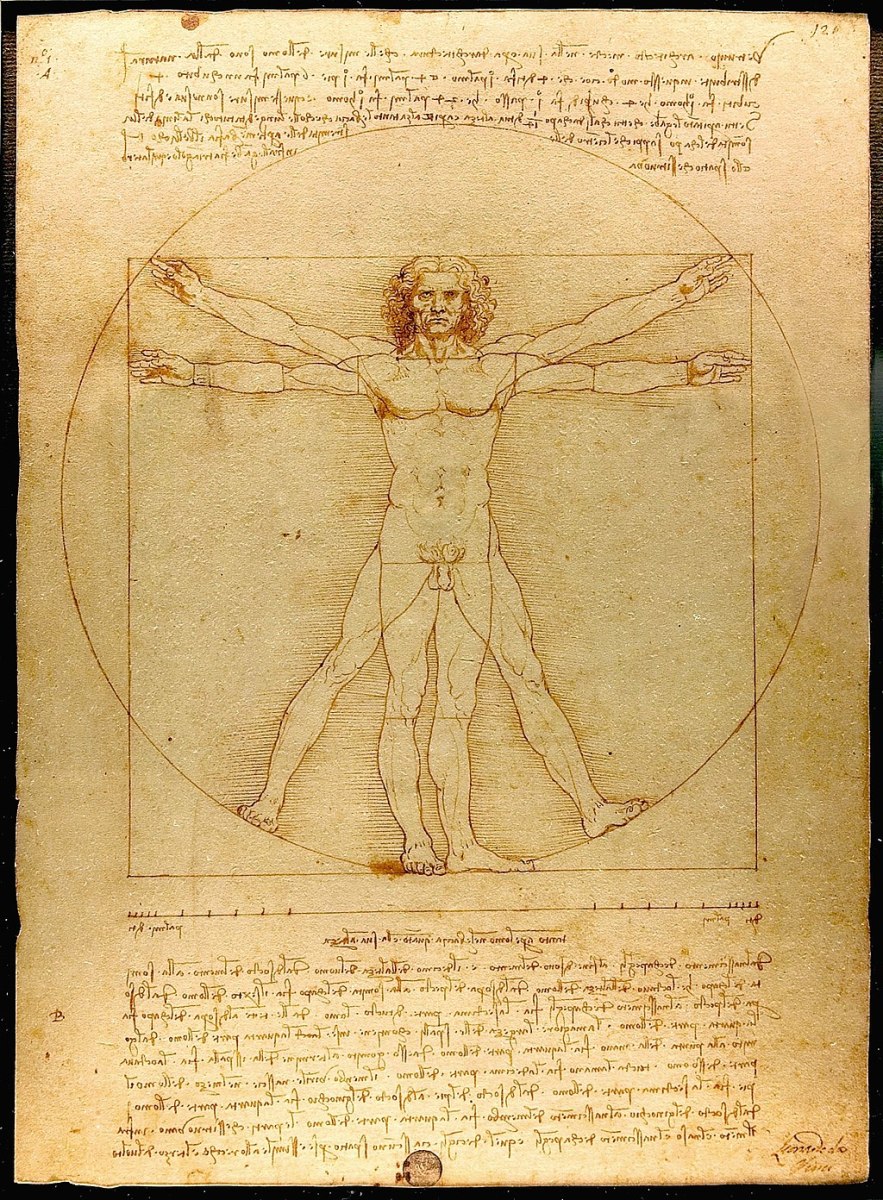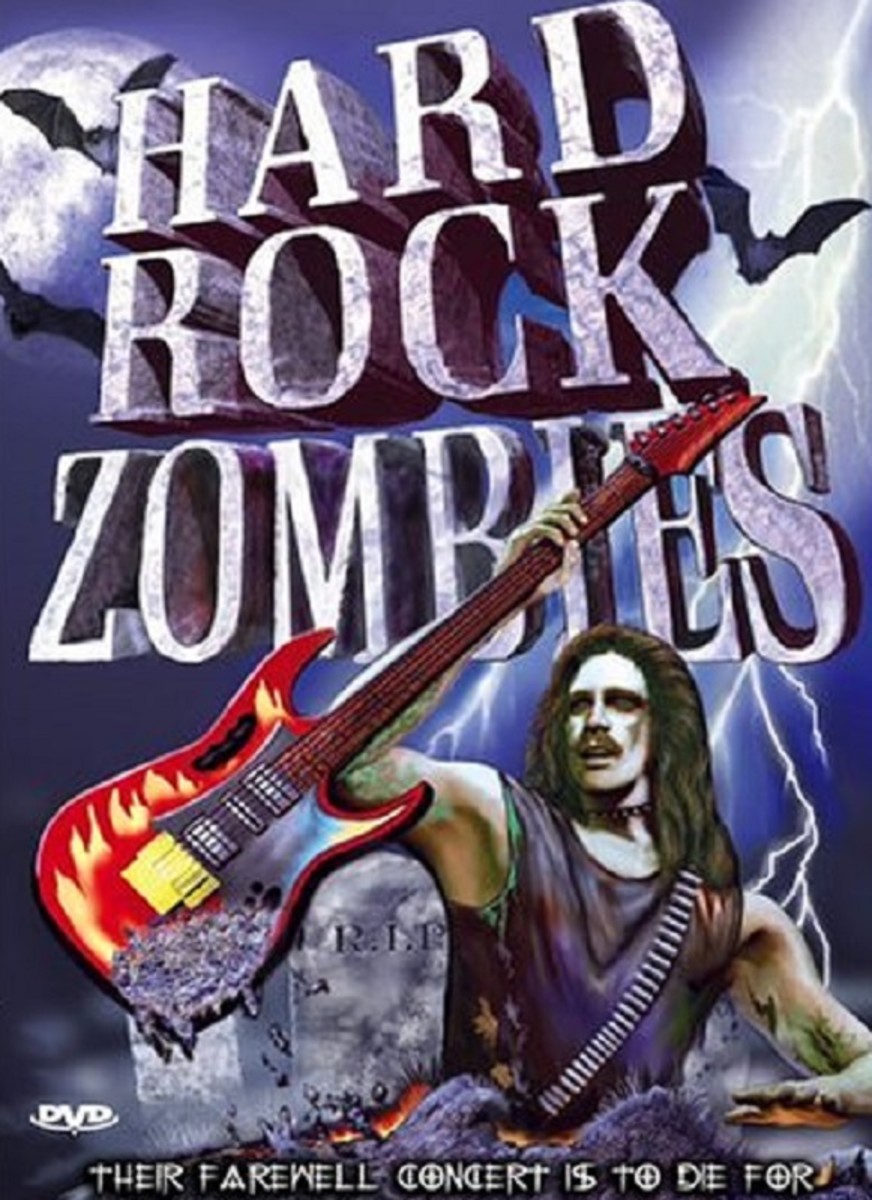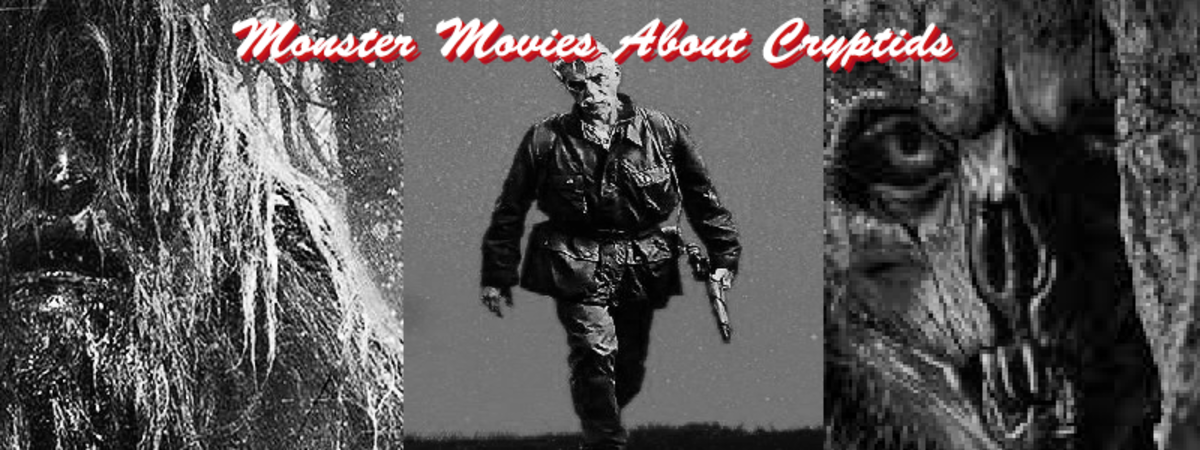Nosferatu, The First Horror Film
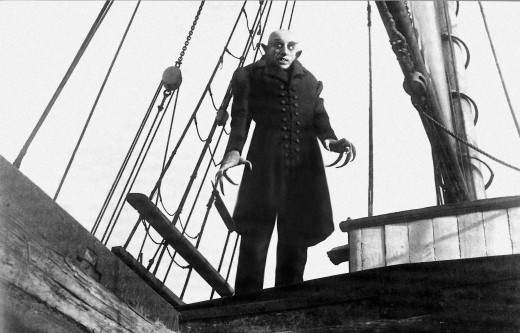
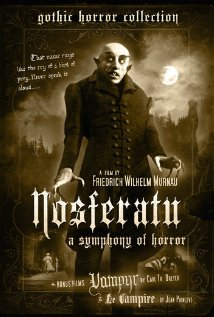
Nosferatu, a Timeless Horror
Nosferatu, a film directed by F. W. Murnau was created in 1922 and is considered one of the first horror films. It was made in Germany (Nosferatu Eine Symphonie Des Grauens). The movie is about Hutter, an estate agent, who travels to Transylvania to visit a client, Count Orlok, who is a vampire that wants to move into town. Orlok turns out to be a vampire and causes all kind of havoc. The story is based off Bram Stoker's novel, “Dracula” (Nosferatu Eine Symphonie Des Grauens). This movie has been brought to us with many stylistic techniques associated with the German expressionism era. So, what techniques are used to make this film be considered a horror film in the German Expressionist style? Nosferatu’s use of lighting, stop motion, out of the ordinary figures, and obscure camera angles are all elements that make this film one of the most popular films in the German Expressionism style and also make it a horror film.
German Expressionism was a movement that started in 1908 and was mostly seen in painting and theater. Its most prominent manifestations were in Germany in the 1920’s (Thompson & Bordwell 91). German Expressionism has many unique characteristics such as distorted Mise-en-scene, exaggeration, repetition, obscure camera angles, inhuman movement, theatrical backdrops, high contrast lighting, and often the use of an evil main character. These elements are believed to be the ingredients of a horror film in this movement; and, we see most of these in Nosferatu (Thompson & Bordwell 89).
The first time we see Count Orlok (the evil main character), he walks slowly from dark to light (Nosferatu 20:35). His hands are crossed and he looks very tall, thin, and strangely proportioned. The screen is much darker the first time you see this character as opposed to every time you see Hutter, the other main character who is a real estate agent looking to find Count Orlok a new place. At 21:07 into the film, we see Hutter next to Count Orlok. There are many diagonal lines around the two of them stimulating the distortion and eeriness. Throughout the entire film you see Orlok and Knock in a different way than any other character. They don’t seem human. These elements make Nosferatu and German Expressionistic film; however, do these elements classify it as a horror film?
I found a few reviews that talk about the film. Jim Shepard wrote,
Murnau, his art director Albin Grau, and his screenwriter Hedrick Galeen, all must have rummaged around in their psychic basements in order to help Max Schreck (whose last name, conveniently, means terror or horror in German) generate a performance that’s conversation-stopping in its sinister strangeness and dignified repulsiveness.
Shepard goes on to talk about how Murnau constructed Count Orlok to resemble a rat, spider, and skull all in one (Shepard 1). They did this with the use or props, makeup and well-crafted camera angles. In this review, the film is talked about as if it is legendary. Shepard definitely sees this as a horror film. Even the title, “Again, Nosferatu, the Vampire Who Will Not Die,” talks about how timelessly well crafted the movie is. Since this review was written in September of 2000, we do not see what the people thought when the movie first came out (Shepard 2). A bit farther back in 1976, we have a review that talks about F. W. Murnau as a director.
In this review by Film Society of Lincoln Center, they reference Nosferatu as one of F. W. Murnau’s most profound films aside Tabu (1930) and Sunrise (1927) (Murnau I: Nosferatu). They talk about how it “is an early version of DRACULA, antedating Tod Browning and Terence Fisher; its most striking, and apparently central, figure is the vampire Count” (Murnau I: Nosferatu). The horror novel is put into the cinema world as the movie Nosferatu, and according to this source, it was a very successful film. They also comment on the use of stop motion film with the chariot that brings Hutter to the Count’s residence (Nosferatu 19:08). The Film Society references how the jerky movements resemble German Expressionism. It makes something feel unreal and therefore provides a horror aspect to the film.
An even earlier review surprised me. I managed to find a review by Mordaunt Hall from June of 1929 (Seven years after the film was released). Hall said, “It is the sort of thing one could watch at midnight without its having much effect on one’s slumbering hours” (Hall). Further down the article, he explained that it was too slow and did not bring enough attention to the scary features, nor was it accurate to the “Dracula” novel (Hall). This surprising review made me realize that people back then still criticized the same elements that we criticize. However, this critic has probably seen many horror movies, and is probably not giving us the exact thoughts of all the viewer of the movie in that time period. Also, we have to keep in mind that this review was after sound movies had come out (Nosferatu Eine Symphonie Des Grauens).
So, Nosferatu is definitely a German Expressionist film. It has all the elements that are classified as being part of that movement, and it was in the perfect time and place to be considered part of the movement. Despite the early review, we definitely see that people view this movie as being a part of the horror genre. Personally, I think it was a well-crafted movie in the time period. Because of the German Expressionistic elements, is actually very scary. If I were to do further research, I would look for more reviews from the early time period to see what the audience of the time truly thought of the movie, rather than just taking the words of one critic as truth. This movie definitely should be classified as both a German Expressionist and horror film.
Works Cited
Works Cited
Hall, Mordaunt. “Vampires and Coffins.” Rev. Nosferatu, F. W. Murnau. New York Times 4 June 1929: Print.
“Murnau I: Nosferatu” Film Society of Lincoln Center May 1976: Web.
Nosferatu. Dir. F. W. Murnau. Perf. Max Schreck. Centraal Bureau voor Ligafilms, 1922. Film.
“Nosferatu Eine Symphonie Des Grauens.” Film Index International 11 January 1986: Web.
Shepard, Jim. “Again, Nosferatu, the Vampire Who Will Not Die.” Rev. Nosferatu, F. W. Murnau. New York Times 10 September 2000: Print.
Thompson, Kristin, and David Bordwell. Film History. 3rd Ed. New York: the McGraw-Hill Companies inc., 2010. Print.
